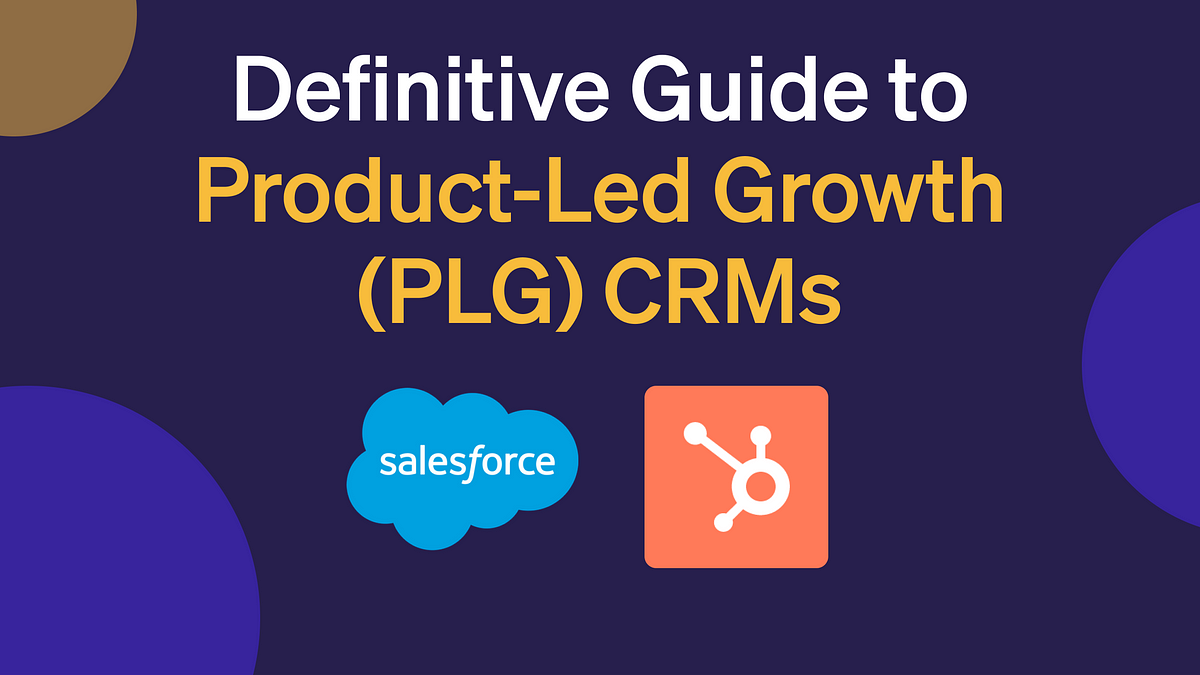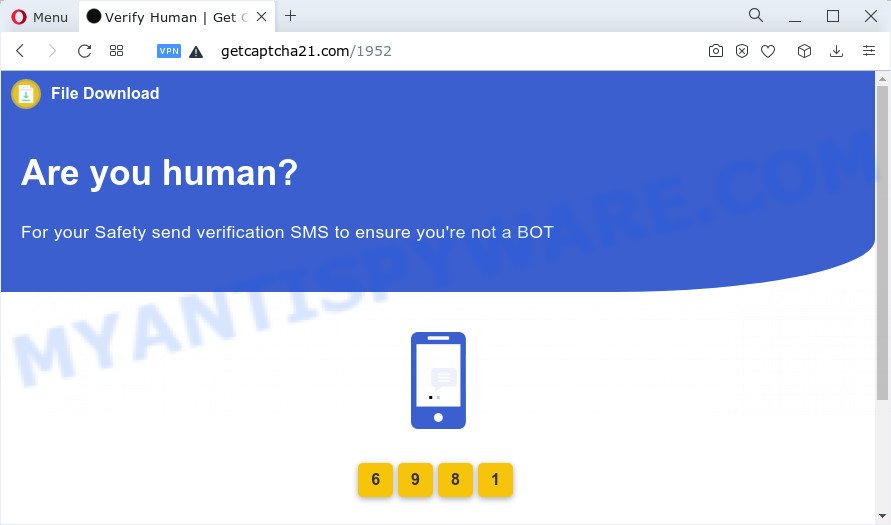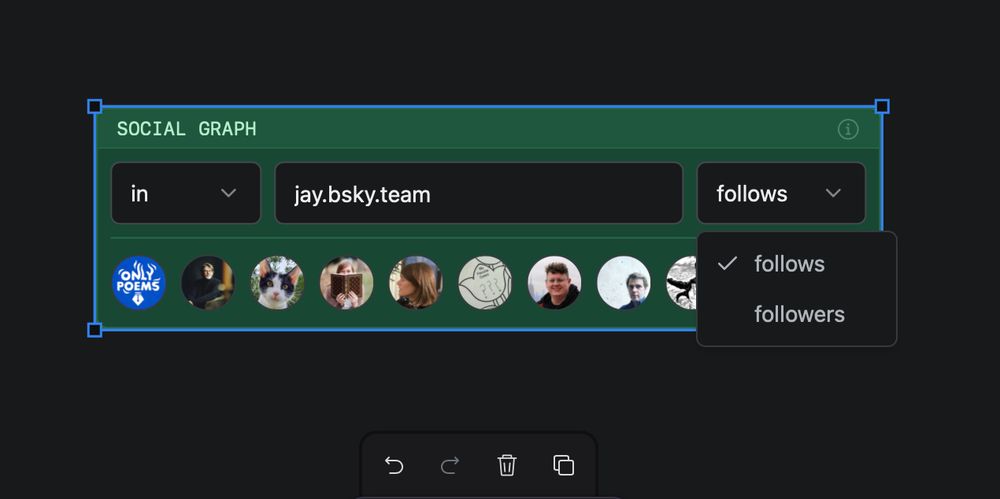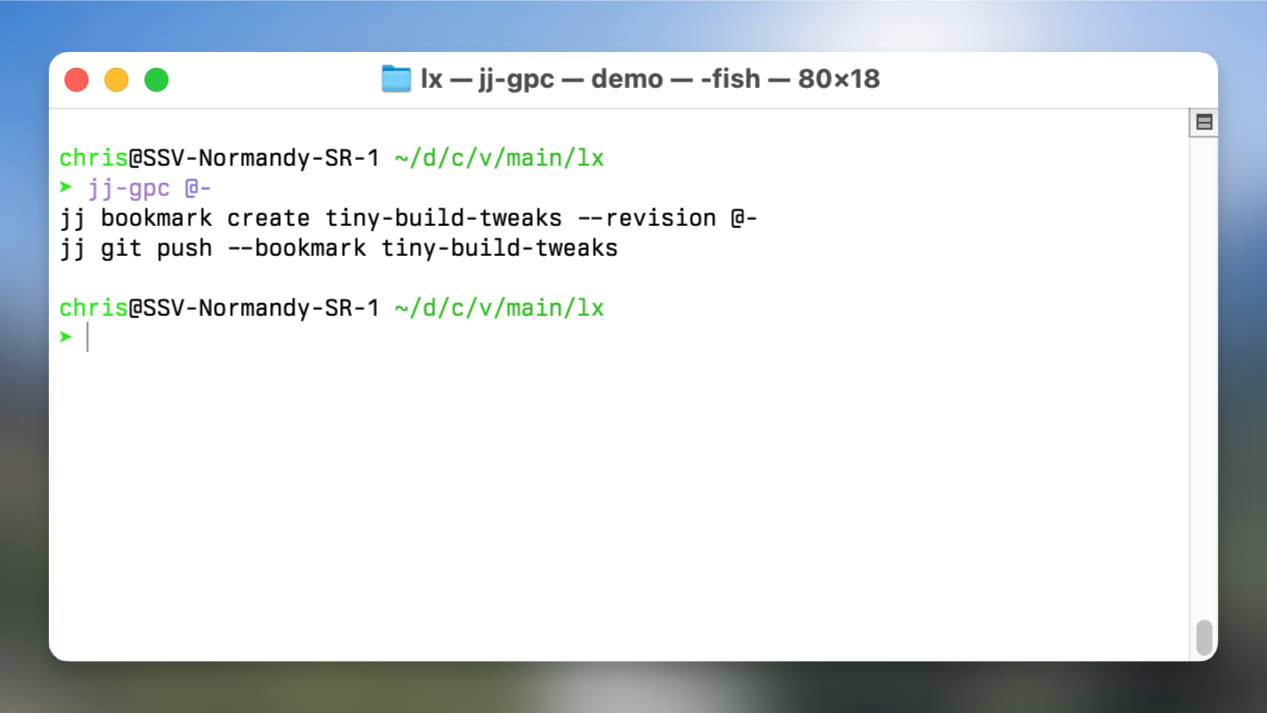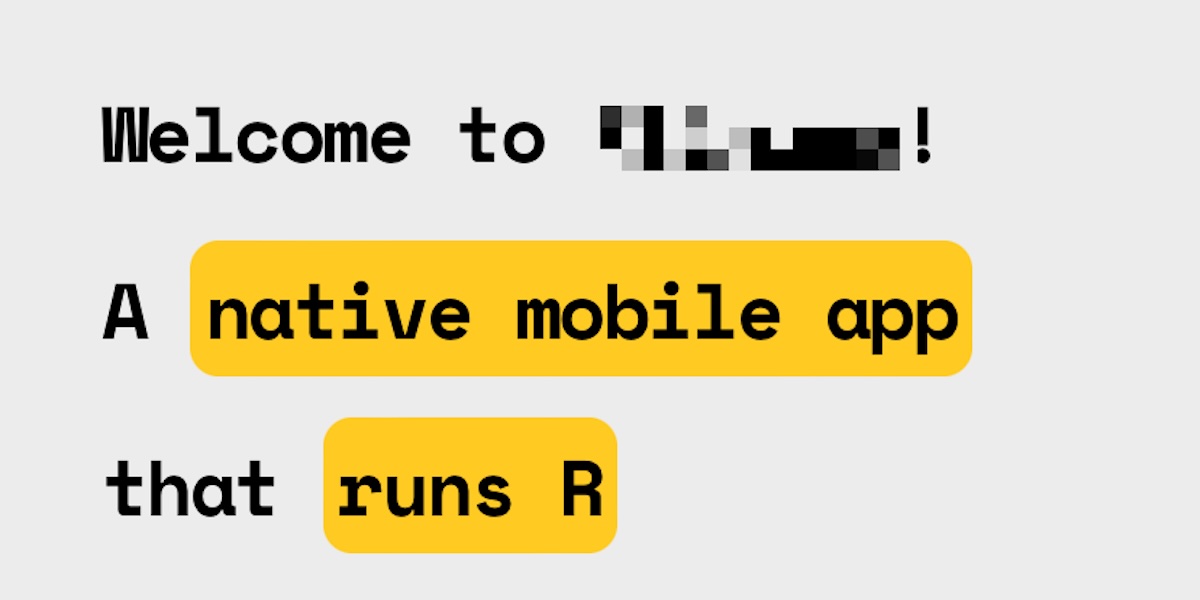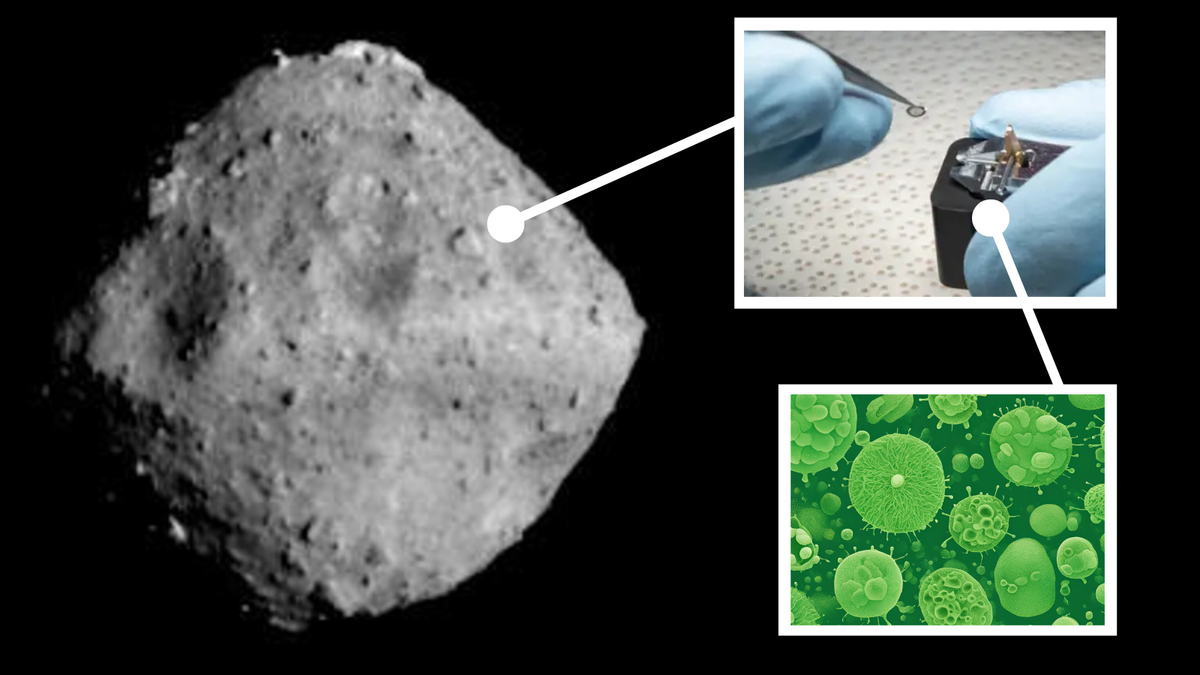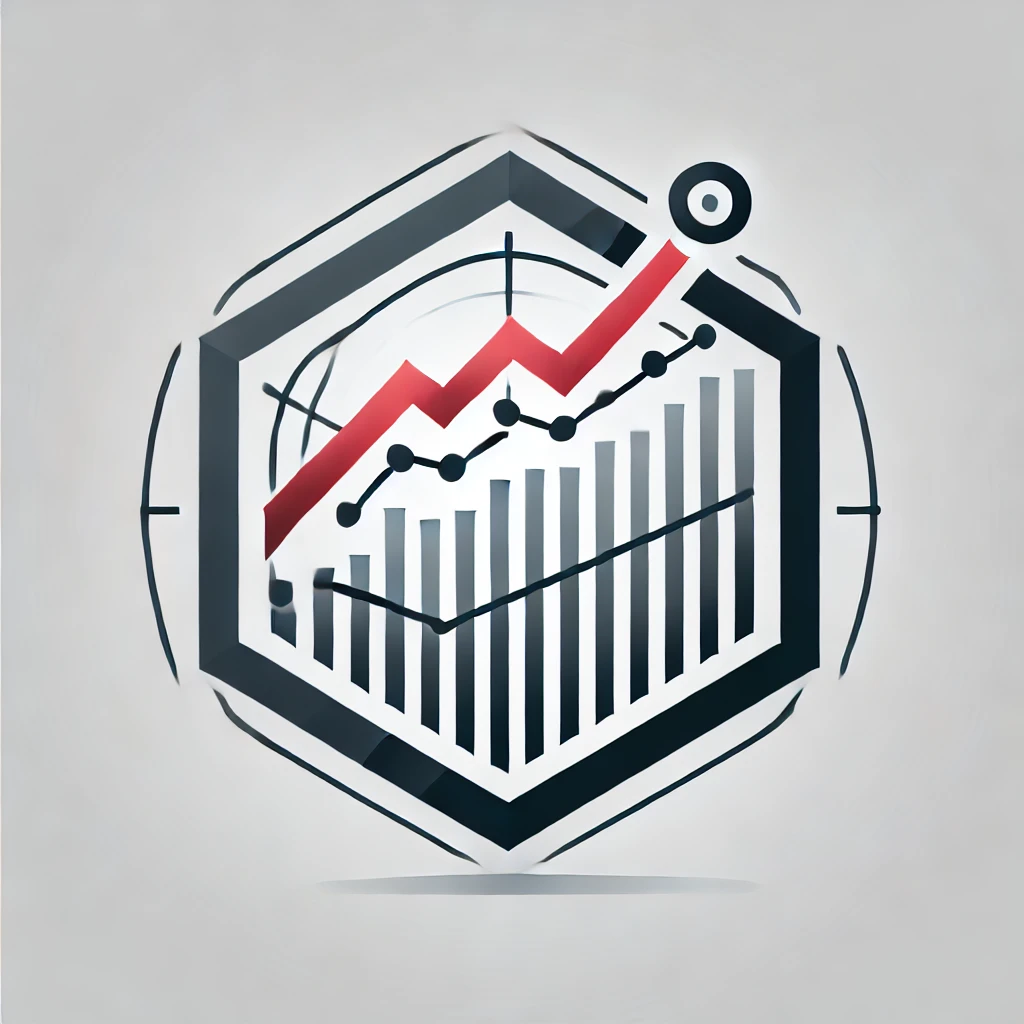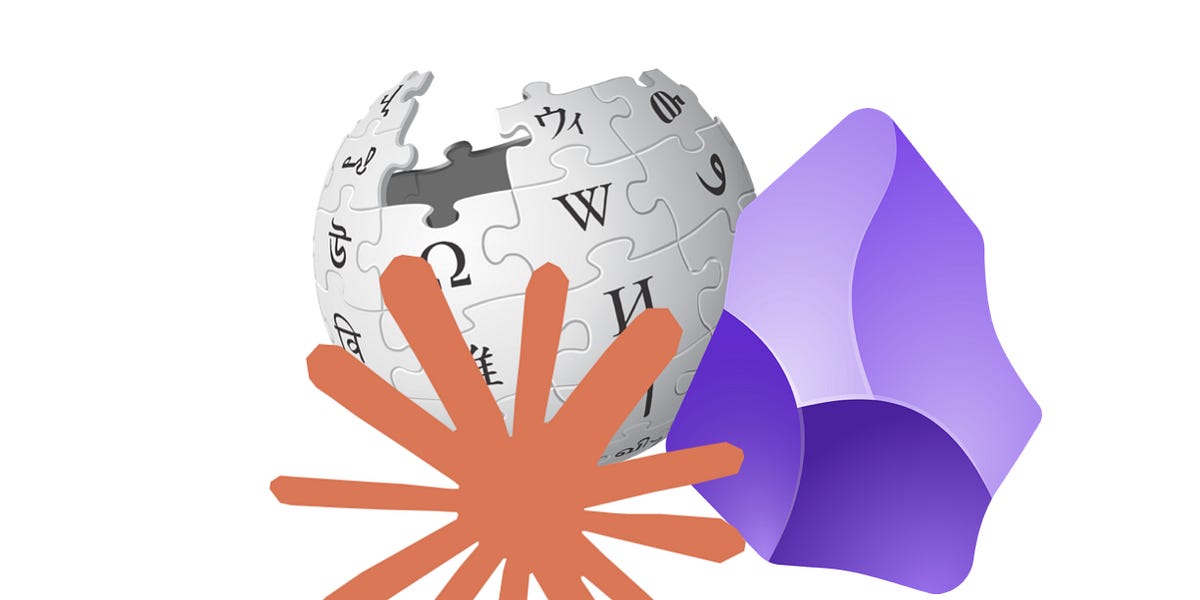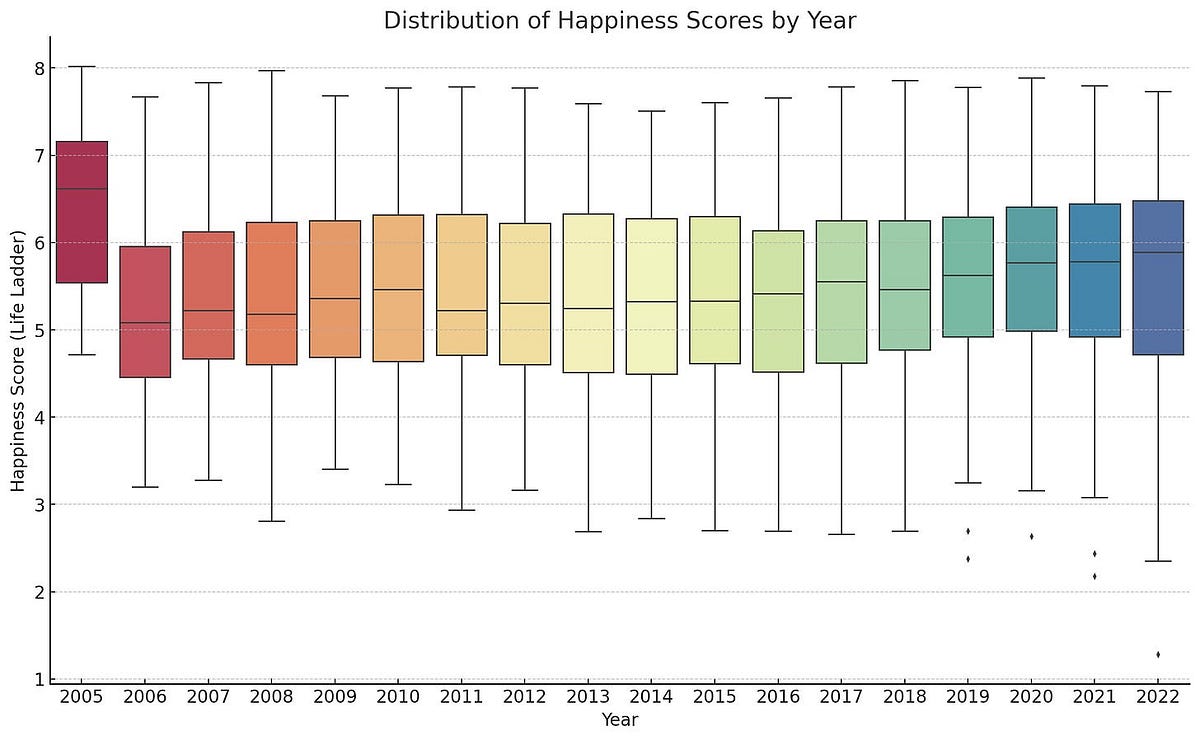
ChatGPT for Data Analysis: A Beginner’s Guide
Most of us think of ChatGPT as a conversational chatbot. However, ChatGPT is also a comprehensive data analysis tool that can handle various data file formats, including Excel spreadsheets, CVS files, PDFs, and even JSON files.
In fact, this paper found that ChatGPT achieves comparable performance to humans in various data analysis tasks. At the same time, it was much faster and over 200 times cheaper than a senior data analyst!
In this guide, I am going to show you how to use ChatGPT to perform several data analysis tasks in minutes without coding experience or expensive statistical software. After uploading your data, you can use simple conversational prompts to clean, transform, and visualize your data.
You can upload up to 10 files in a single conversation, which means you can bring in multiple datasets and have ChatGPT help you compare or merge them seamlessly.
Before we start, it’s important to emphasize that the Advanced Data Analysis feature is still experimental. It might sometimes get confused, produce incorrect statements, or introduce numerical errors (all this is common for LLMs). Therefore, to get the best results, always verify the output carefully. When creating visualizations or models, you might need to adjust the prompts a few times to ensure everything looks correct and makes sense.
